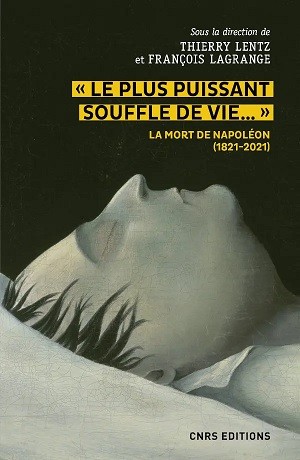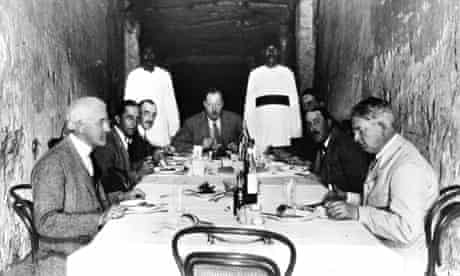Putting it briefly, Léa Charliquart gives an overview of historical ‘precedents’ in exhumation and compares to them to that of Napoleon: for example, how and why was Jean-Jacques Rousseau’s body removed from its original grave. There are indeed parallels, and they are particularly illuminating. There were rumours as to the cause of death: for the philosopher it was suspected to have been suicide; and as for the Emperor, it was famously suspected that there had been poisoning. There was likewise political will involved in the transfers of the remains of these two individuals.
Léa Charliquart also gives a quick overview of autopsy methods used in the 19th century, highlighting the precautions taken by Dr Guillard during the exhumation of the Emperor’s body on St Helena in 1840, notably: the spraying with chloride and the drilling of holes to allow any gases arising from the decomposition process to escape… The “procès-verbal de l’examen du corps de Napoléon” (report on the examination of Napoleon’s body), published in 1841, is an eloquent witness to the birth of contemporary forensic medicine.

Obviously, they still had a long way to go. You just have to look the conditions in which, more than seventy years later, in 1922, the remains of Tutankhamun were exhumed in Egypt. This photograph shows James Henry Breasted, Harry Burton, Alfred Lucas, Arthur Callender, Arthur Mace, Howard Carter and Alan Gardiner having lunch actually IN the tomb of Ramses XI in 1923…

The exhumation and examination of Napoleon’s body are a fascinating subject in themselves and they provide a benchmark by which to measure the evolution of scientific practice, from the art of embalming in antiquity, to the preservation of bodies and relics of saints during the Middle Ages, right up to the present day.
And on that last point, there is some debate on how the status of human remains discovered during contemporary archaeological excavations. Public opinion takes a greater interest than previously in the fate of ancient remains. These remains are studied in great detail, sometimes left just as they were on the site, or moved and displayed in a museum. There have been calls for reburials in situ, invoking the right of the deceased to dispose of one’s body even after death, in accordance with the ritual practices that governed the wishes and religion of the deceased.
That being said, in this case, in other words that of the mortal remains of this most significant figure in French and, indeed, world history, this question does not apply. Napoleon’s are preserved for all eternity in their tomb under the Dome of Les Invalides, not far from the Seine, just as he intended them to be.
Marie de Bruchard
Juillet 2021
Marie de Bruchard is web editor at the Fondation Napoléon.


